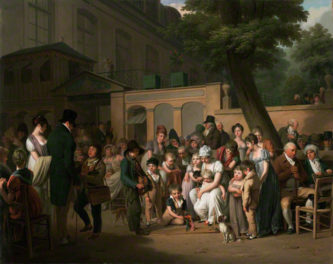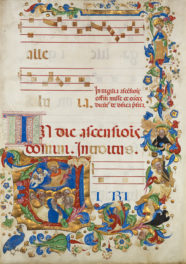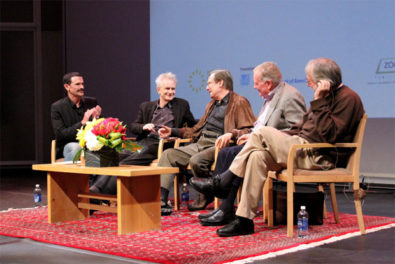Gustav Klimt did not speak about his art, but he left many drawings that attest to the richness of his creative process. Gustav Klimt: The Magic of Line, opening today at the Getty Center, coaxes these drawings to speak, revealing how he thought and worked.
Klimt drew daily and obsessively from life. He hired models to come to his studio, where he posed and reposed them, making study after study to work out postures, gestures, and expressions. In his drawings, Klimt explored the human form in every age, every stage: infant, youth, pregnant, mature, aged—even after death, as skeleton. There are wrestlers, women of society, lovers, mothers, gorgons.
Many of the drawings in the show are studies for Klimt’s better-known paintings, and the exhibition shows how these works—hard, now, to imagine any other way—evolved. Adele Bloch-Bauer makes several appearances in flowing studies of pose and expression. One drawing of an embracing couple shows a hungry abandon, another a still tenderness; both were made in connection with his iconic painting The Kiss.
Klimt was a painstaking and slow painter, but a swift and decisive draftsman. These fluid, immediate works on paper reveal how he used line to explore his great subject, the human condition.




Comments on this post are now closed.